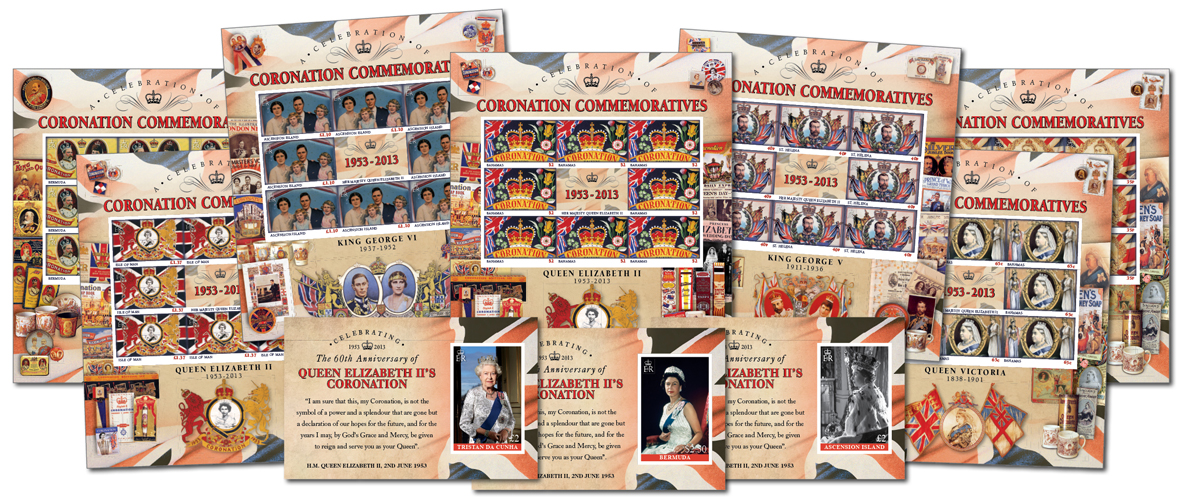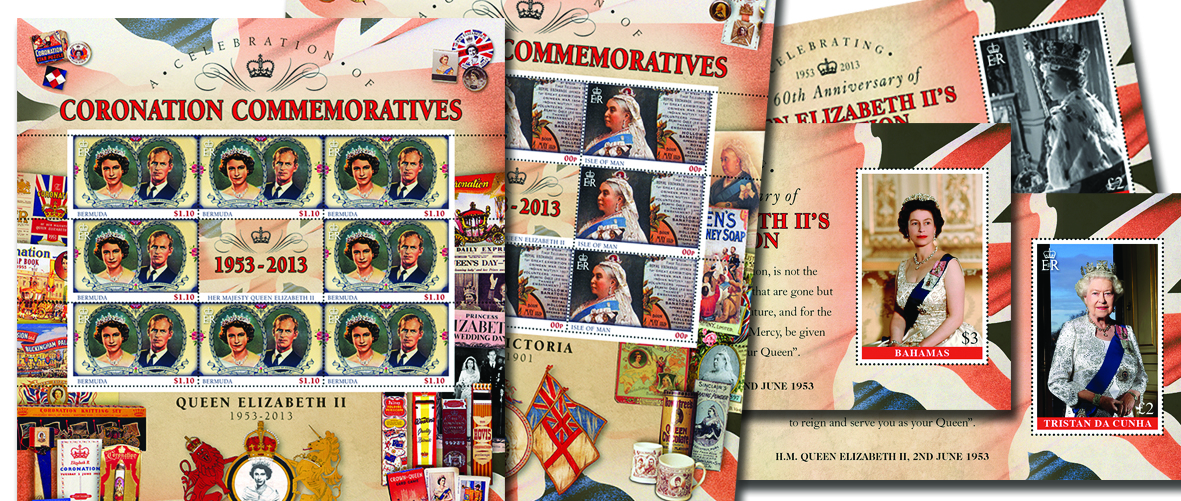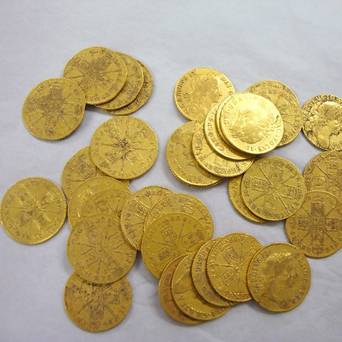17th century Gold coins found under Irish pub floor
It was definitely a case of the luck of the Irish after builders recently discovered one of the country’s biggest ever hoards of gold coins buried beneath the floorboards of a County Tipperary pub.
Eighty-one gold coins, mainly from the 17th century, were found concealed by soil by one of the workmen carrying out groundworks at Cooney’s pub in Carrick-on-Suir, one of the oldest pubs in the county until it was destroyed by fire.
All that glitters
Most coins were, surprisingly, in excellent condition considering they date back to the reign of Charles II, James II and William and Mary. It’s thought the hoard is largely made up of guineas and half guineas, British gold coins struck by The Royal Mint between 1663 and 1814 using gold from West Africa – which is where the name ‘guinea’ came from.
Biggest find in over fifty years
Research is currently underway to identify where the gold coins might have come from. Some experts believe they may have once belonged to a wealthy merchant as the town was a thriving trading centre in the 17th century. Others have different theories.
One thing they do agree on is that the discovery is the most exciting archeological find in Ireland’s history since 1947 when a collection of over 100 gold coins plus a number of silver coins was discovered in CountyLaois.
At the time of writing, it’s not known whether the workmen received any sort of reward but it’s got to be a worth a free pint at the very least!
Interested in historic coins?
The gold coins are currently on display at the National Museum of Ireland. A selection of historic coins from The Westminster Collection can be found here.
Will our Penny be next?
Last week Canada became the latest country to bid farewell to its penny or 1 cent coin. Australia, Brazil and Sweden have already ditched theirs – the question is will the UK be next?
With over 11 billion in circulation according to latest Royal Mint figures, the humble penny accounts for nearly 40% of all Britain’s circulating coins. It is in fact our most common coin but when it costs more than a penny to make a penny, surely its days must be numbered?
Opinion is divided
Those in favour of getting rid of it say you can’t buy anything for a penny these days. True – the penny chews of my youth have now gone from our sweet shops. You can’t even ‘spend a penny’ anymore (that’ll cost you as much as 30p for the privilege). Put simply, 1p coins have no other function but to weigh down our purses and pockets.
But, in these tough times, every penny counts. Those against the move say there are plenty of people that still need the 1p and other small denomination coins. How many of us pop our loose change in charity collecting boxes when we’re out and about? They may be small amounts but they all add up.
A future collector’s item?
So it is probably fair to say that keeping hold of your old pennies is unlikely to make you rich. However, when they do finally disappear from our change (as is almost certain at some point), they are certain to remain an important part of Britain’s numismatic heritage for centuries to come.
Penny for them
Ultimately the “Master of the Mint” Chancellor George Osborne will make the final decision but what are your thoughts – should the penny stay or go?
Do you own a piece of 1953 Coronation memorabilia?
Well if you do if might feature on ‘A Celebration of Coronation Commemoratives,’ a new set of stamp sheetlets issued today to mark this year’s 60th anniversary of the Queen’s Coronation.

From china plates to postcards, biscuit tins to badges, ‘A Celebration of Coronation
Commemoratives’ is a stunning new tribute inspired by the work of Robert Opie
From Victoria to Elizabeth II
This definitive royal collection features 5 of history’s most recent monarchs – up to our present Queen and as far back as her great great grandmother, Queen Victoria.
Spanning 175 years of royal memorabilia from Victoria’s Coronation in 1838 to Elizabeth II’s 60th anniversary in 2013, the new collection of commemorative stamp sheetlets take their inspiration from consumer historian and royal devotee, Robert Opie who has spent a lifetime creating scrapbooks from royal memorabilia:
“The historic occasion of a royal coronation, of course, attracts a deluge of souvenirs, from the traditional ceramic mug to a set of commemorative stamps. Instinctively, we all want to keep a souvenir of such an event – a decorated tin, a jigsaw puzzle or just a royal picture postcard.”
A link to the past
But these sheetlets aren’t just colourful montages of Coronation keepsakes – they chart other royal celebrations such as births, weddings and jubilees. More than that, they provide a fascinating insight into what life was like in the past.
Queen Victoria whose incredible record of 63 years on the throne resulted in a vast amount of memorabilia from gin flasks and songs sheets to the more traditional china mugs and plates. Collectively, they paint of picture of Industrial Britain at the height of the Empire.

The new sheetlets feature Queen Victoria and Elizabeth II, the only two monarchs ever to have celebrated a Diamond Jubilee
A boom industry
For the Coronations of Edward VII in 1902 and George V in 1911, royal souvenirs had become big business. An abundance of items like chocolate, biscuit, tea and tobacco tins were widely available as were postcards.
1937 saw the crowning of George VI and a wider range of branded souvenirs such as Cusson’s talcum powder, Cadbury’s and Fry’s. As you might expect, his older brother doesn’t feature as he abdicated before he was crowned (unfortunately, souvenirs for Edward’s coronation had already been produced by the time he made his shock announcement).
The ultimate tribute
A ‘Celebration of Coronation Commemoratives’ is issued by seven British overseas territories – Bermuda, Tristan da Cunha, Isle of Man, Cook Islands, St Helena and Bahamas – with each country issuing 1 Souvenir Sheet and 5 Commemorative Sheetlets. The first sets are released today to coincide with the anniversary of the Queen’s accession in 1952, the others follow later in the month.


